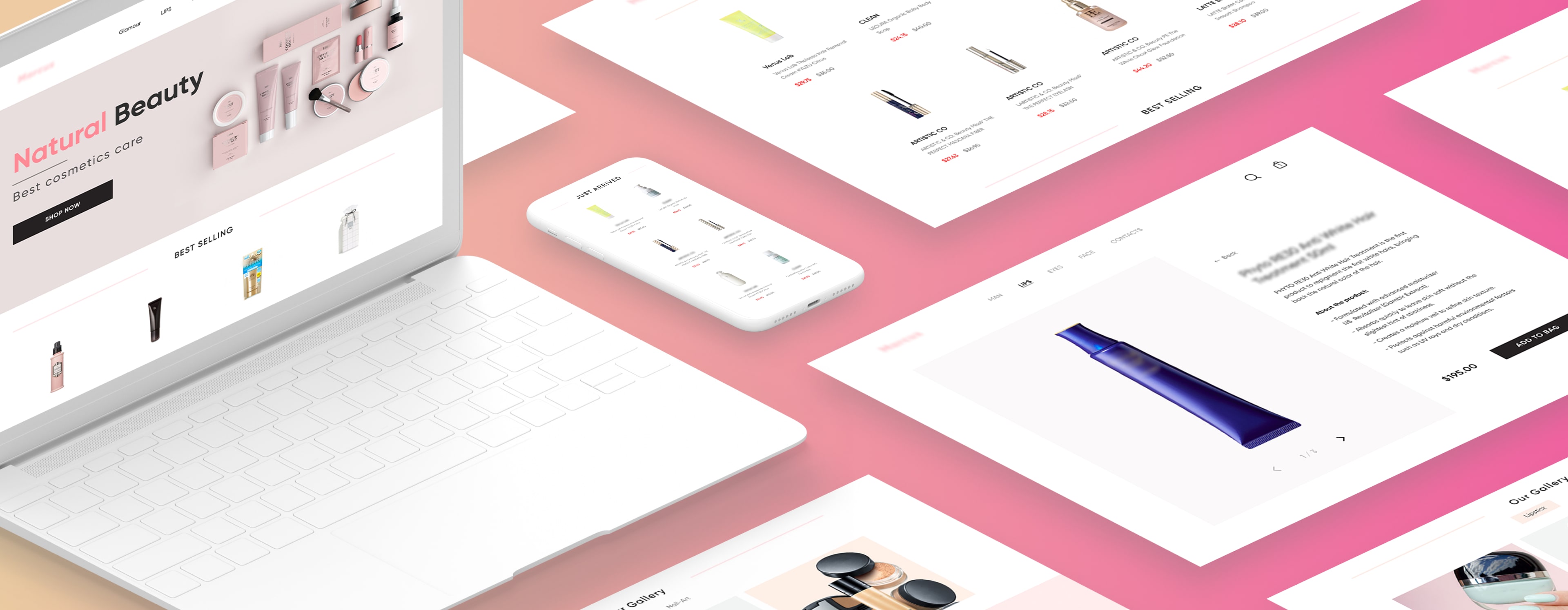
We’d love to work with you
Drop us a line about your idea, project, or challenge.
We’d like to discuss how we can help you.

Explore how our team created an online marketplace platform — consisting of a website and mobile app — to connect online beauty retailers with consumers.
5 months
3 frontend developers, 3 backend developers, 2 UI/UX designers, a quality assurance engineer, project manager, 2 mobile app developers.
Python, TypeScript, Django, AWS, Elasticsearch, Docker, React, Redux, Redux-Saga, Storybook, SVG, styled-components, RabbitMQ, Redis, Memcached, PostgreSQL, React Native.

During the project, Arateg provided a lot of recommendations on how to meet our project goals in the best possible way. Apart from building a quality software platform, the team provided business analysis services to identify key functionality and prepare a software requirements document. As a result of our partnership, we were able to raise finance. We are happy to continue cooperating with Arateg to create the second product version.

Drop us a line about your idea, project, or challenge.
We’d like to discuss how we can help you.